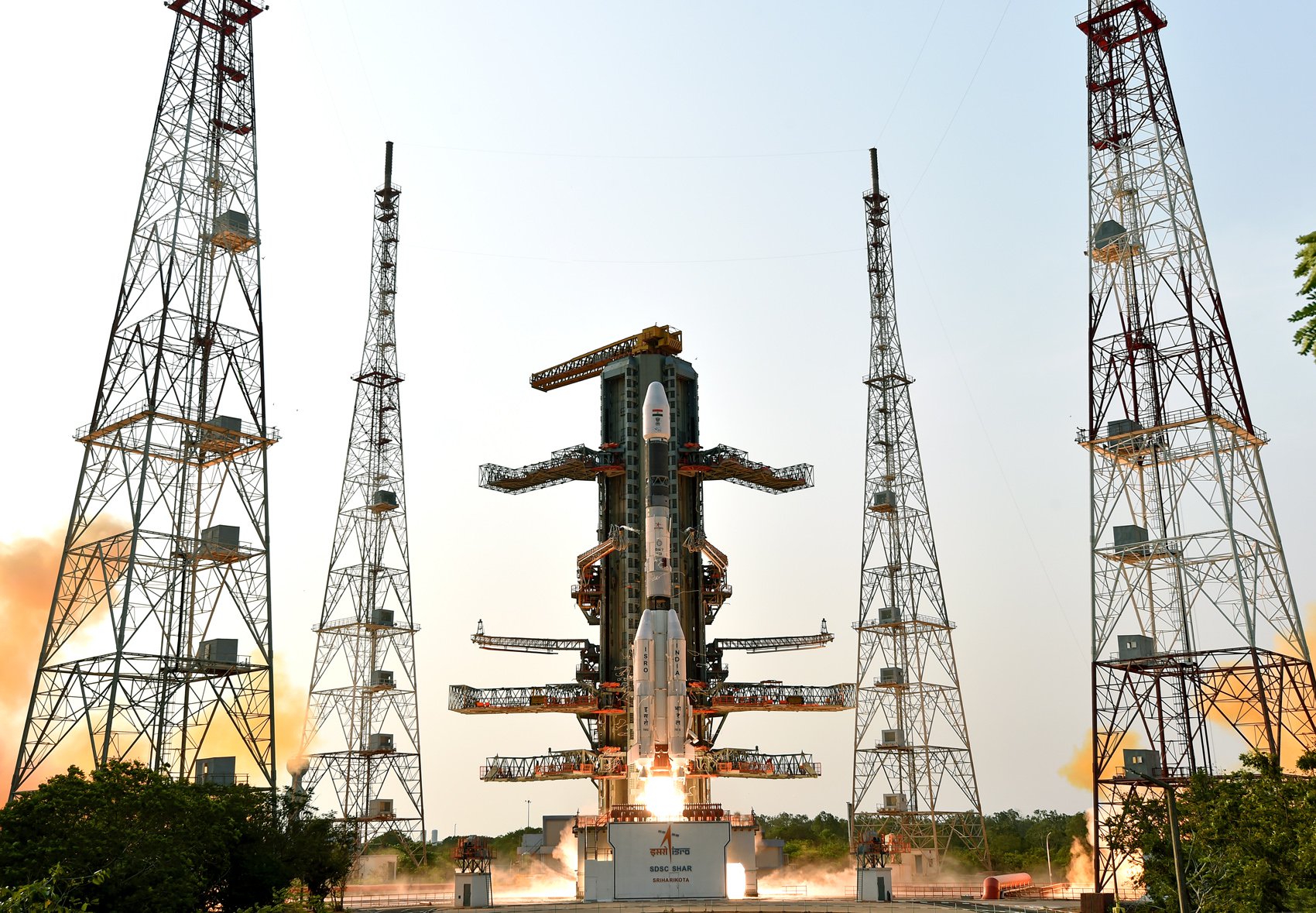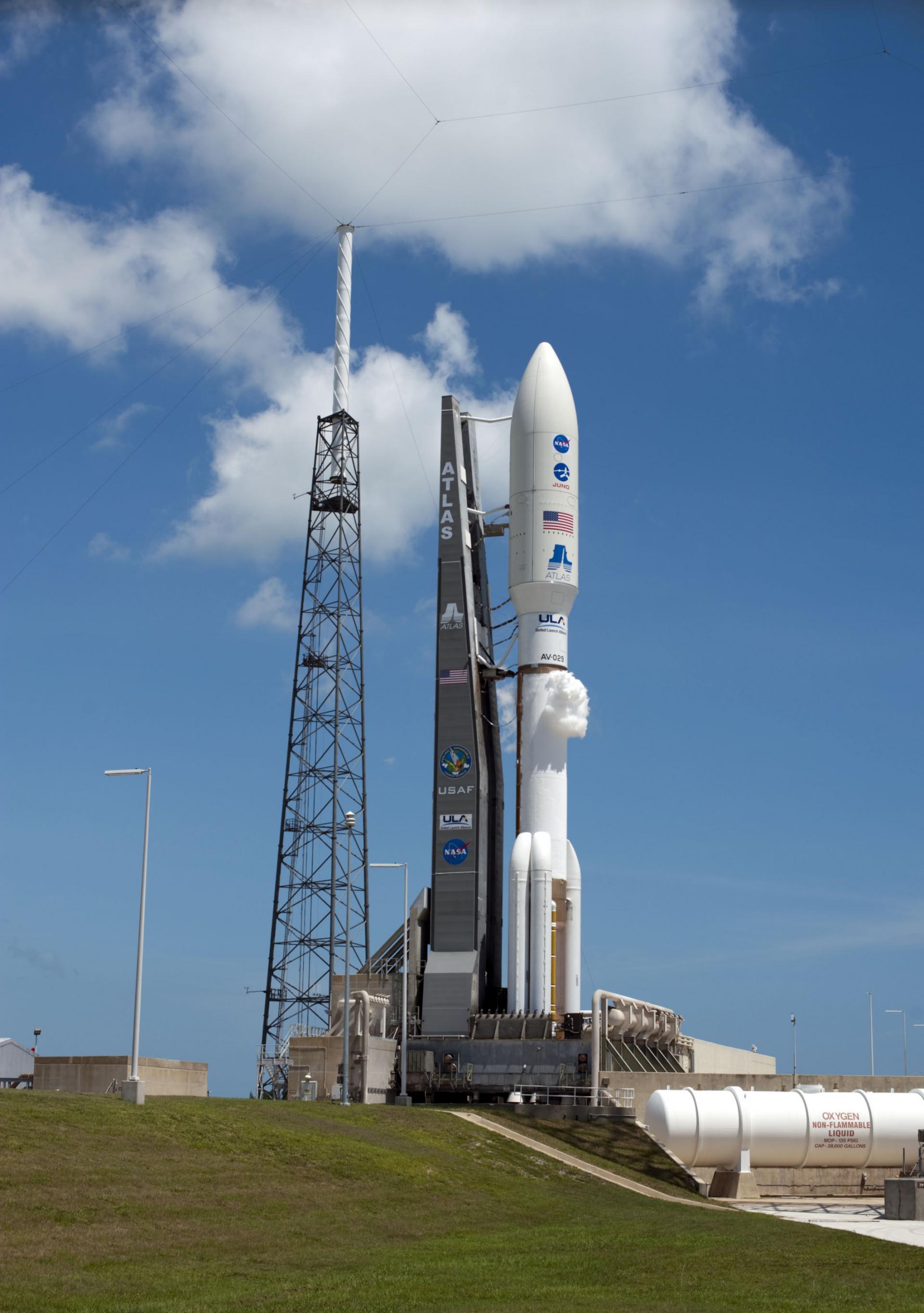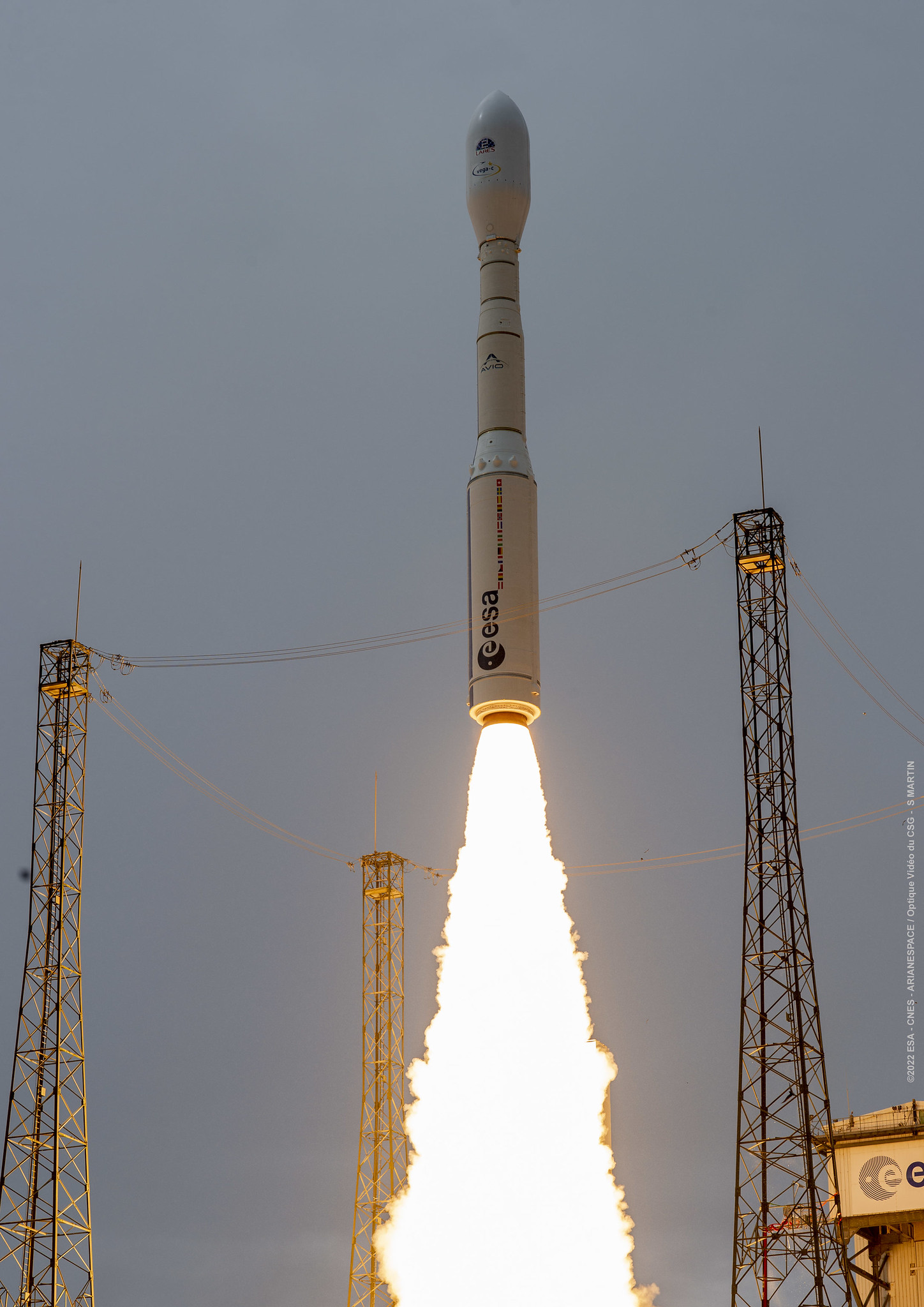· space brief · 7 min read
Space Brief 9 Jul 2025
Today's brief covers the U.S. Space Force's new international strategy, Northrop Grumman's Golden Dome project, and ULA's Vulcan launches, alongside military budget priorities.

📄Top Stories
The U.S. Space Force has unveiled its inaugural international strategy, emphasizing the need for global cooperation in congested and militarized space. Northrop Grumman takes a prominent position in the Golden Dome missile shield project, a critical defense initiative. ULA progresses with the Vulcan launch system to advance national security space missions. Military branches seek significant budgetary enhancements for space and defense projects in 2026.
📰Detailed Coverage
U.S. Space Force Emphasizes Global Collaboration
The U.S. Space Force’s first international strategy underscores the importance of partnerships as space becomes increasingly contested and complex. Highlighting the need for allies, this strategy aims to bolster collective security and cooperation in orbit.
As space scenarios evolve, the strategy also identifies existing barriers flagged by the Government Accountability Office (GAO), such as policy restrictions and technology transfer issues. These challenges necessitate innovative solutions to enhance collaboration. This initiative aligns with growing efforts to track and manage orbital objects effectively.
Read the full story: SpaceNews
Northrop Grumman’s Role in Missile Defense
Northrop Grumman has intensified efforts in the Golden Dome missile shield program, led by Raymond Sharp, aiming to strengthen U.S. missile defenses. The project, crucial for national security, integrates advanced technologies to counter emerging threats.
The expansion of Northrop’s defense capabilities reflects its commitment to maintaining strategic superiority, underscoring the significance of satellite and missile defense systems in contemporary security strategies. This development showcases the intricate balance between terrestrial and space-based defense infrastructures.
Read the full story: SpaceNews
ULA’s Vulcan Launches Boost National Security
United Launch Alliance (ULA) is gearing up for its much-anticipated Vulcan rocket launches, starting with the USSF-106 mission aimed at enhancing national security. This marks a pivotal step in ULA’s strategy to secure its role in military and intelligence space operations.
The ramp-up in Vulcan launches signifies ULA’s commitment to delivering reliable access to space for critical satellite deployments, reinforcing its standing within the defense community. Monitoring these launches can be facilitated through our app, providing detailed tracking data and analysis.
Read the full story: NASA SpaceFlight
Military’s $20 Billion Unfunded Wish List
The Pentagon has circulated a $20 billion Unfunded Priority List among lawmakers, indicating critical needs not covered in the official budget. The wish list spans various sectors from fighter jets to sophisticated space systems.
These unfunded priorities reflect the dynamic and often unpredictable nature of military needs, where rapid technological advancements in defense and aerospace require additional allocations to ensure readiness and security effectiveness.
Read the full story: Breaking Defense
Air Force and Space Force Seek Budget Increases
In a bid to stay ahead in defense capabilities, the Air Force and Space Force have requested an additional $16 billion for the FY26 Unfunded Priorities. This substantial increase highlights critical areas needing funding to address emerging threats and maintain strategic advantages.
The proposed budgetary enhancements reflect the services’ desire to invest in next-gen space technologies, emphasizing the continuous need for advanced satellite and space systems. Such budget plans underline the prioritization of space assets in national defense strategies.
Read the full story: Breaking Defense
Army’s Drone and Ammunition Budget Proposal
The Army’s latest funding proposal to lawmakers includes $4.3 billion for drones and ammunition, focusing on rapidly advancing unmanned aerial systems technology. This request highlights the pressing need to adapt to fast-paced innovation in military technology.
The Army Chief’s emphasis on drones underscores their pivotal role in modern warfare and the essential requirement of staying technologically agile. This funding also aims to enhance the effectiveness of counter-drone measures critical for future military operations.
Read the full story: Breaking Defense
🛰️Satellite Spotlight
- Satellite Name: CENTISPACE-1 S4
- NORAD ID: 53758
- Launch Date: September 6, 2022
- Mission: This satellite is focused on technology testing and demonstrates advancements in laser communication.
- Orbit: Low Earth Orbit (LEO)
- Operator: CENTI
- Fun Fact: CENTISPACE-1 S4 features a unique configuration with its box-like structure and dual solar arrays, reflecting innovation in compact design for satellite technology.
Track this satellite in real-time on our web app: Track CENTISPACE-1 S4
🌌Space Weather
Space weather conditions are currently quiet.
Current
R0 - S0 - G0
Last 24 Hour Maximums
R1 - S0 - G0
Recent Alerts
[]
Next 24 Hours
-
Radio Blackouts Probability
- Minor: 35
- Major: 1
- Risk: None
-
Solar Radiation
- Probability: 1
- Risk: None
-
Geomagnetic Storming
- Scale: 0
- Impact: none
- Activity: Low
-
Impact Summary
- Next 24 hours: No risk of radio blackouts.
- No risk of solar radiation storms.
- Geomagnetic outlook: No G1 (Minor) or greater geomagnetic storms are expected.
- No significant transient or recurrent solar wind features are forecast.
- Radiation outlook: No S1 (Minor) or greater solar radiation storms are expected.
- No significant active region activity favorable for radiation storm production is forecast.
- Radio blackout outlook: There is a chance for R1-R2 (Minor-Moderate) radio blackouts through 11 Jul.
Long Term Forecast
- Forecast of Solar and Geomagnetic Activity 07 July - 02 August 2025:
- Solar activity is expected to be at low levels from 07-11 July, with several regions expected to rotate off the disk and no major groups expected to return.
- After 12 July, several returning regions could prompt conditions to increase to moderate levels through 25 Jul, then be hit or miss for the remainder of the period as regions rotate off and on.
- No proton events are expected at geosynchronous orbit.
- The greater than 2 MeV electron flux at geosynchronous orbit is expected to be high from 20-29 Jul under recurrent CH HSS influence.
- Moderate levels are expected from 07-19 Jul and again from 30 Jul-02 Aug.
- Geomagnetic field activity is expected at G1-G2 (Minor-Moderate) storm levels early on 07 Jul as possible transient effects interact with lingering CH HSS influence.
- Quiet to unsettled conditions are expected to return from 08-21 Jul, with isolated active periods possible on 15-16 Jul under positive polarity CH HSS influence.
- From 22-27 Jul, a shift to negative polarity CH HSS influence is likely to bring unsettled to active conditions, with isolated G1 (Minor) storm conditions on 23 Jul.
- Mostly quiet levels are expected from 28-31 Jul before another negative polarity CH moves into a geoeffective position on 01 Aug, bringing unsettled to active levels through 02 Aug.
🚀 Upcoming Space Launches
July 13
- SpaceX Falcon 9:
- Dror-1 (“Commercial GTO 1”) from Cape Canaveral SFS, FL, USA (04:31 UTC) Dror-1 is a geostationary communication satellite built and developed by Israel Aerospace Industries (IAI), intended to meet Israel’s satellite communication needs for the next 15 years.
July 14
- SpaceX Falcon 9:
- Starlink Group 15-2 from Vandenberg SFB, CA, USA (02:27 UTC) A batch of satellites for the Starlink mega-constellation - SpaceX’s project for space-based Internet communication system.
July 15
- Gilmour Space Technologies Eris-1:
- Maiden Flight from Bowen Orbital Spaceport (21:30 UTC) Maiden flight of Gilmour Space’s orbital launch vehicle Eris.
July 16
- SpaceX Falcon 9:
- Project Kuiper (Falcon 9 #1) from Cape Canaveral SFS, FL, USA (06:05 UTC) First of a three launches contract for Amazon’s Kuiper low Earth orbit satellite internet constellation.
July 17
- SpaceX Falcon 9:
- Starlink Group 17-3 from Vandenberg SFB, CA, USA (02:08 UTC) A batch of satellites for the Starlink mega-constellation - SpaceX’s project for space-based Internet communication system.
July 25
- Russian Federal Space Agency (ROSCOSMOS) Soyuz 2.1b/Fregat-M:
- Ionosfera-M 3 & 4 from Vostochny Cosmodrome, Siberia, Russian Federation (05:54 UTC) Ionosfera is a constellation of ionospheric and magnetospheric research satellites developed for Roscosmos for the project Ionozond.
July 26
- Arianespace Vega-C:
- CO3D & MicroCarb from Guiana Space Centre, French Guiana (02:03 UTC) CO3D is a constellation of satellites for 3D mapping, and Microcarb is designed to map sources and sinks of carbon dioxide globally.
July 30
- Indian Space Research Organization GSLV Mk II:
- NISAR (NASA-ISRO Synthetic Aperture Radar) from Satish Dhawan Space Centre, India (11:30 UTC) The NISAR satellite will use advanced radar imaging to observe and measure Earth’s natural processes, including ecosystem disturbances and natural hazards.
July 31
- SpaceX Falcon 9:
- Bandwagon 4 (Dedicated Mid-Inclination Rideshare) from Cape Canaveral SFS, FL, USA (00:00 UTC) Dedicated rideshare flight to a mid-inclination orbit with multiple small satellites for commercial and government customers.
- SpaceX Falcon 9:
- Crew-11 from Kennedy Space Center, FL, USA (00:00 UTC) SpaceX Crew-11 is the eleventh crewed operational flight of a Crew Dragon spacecraft to the International Space Station as part of NASA’s Commercial Crew Program.
Note: Launch dates and times are subject to change due to technical or weather considerations.

Maurice Stellarski





